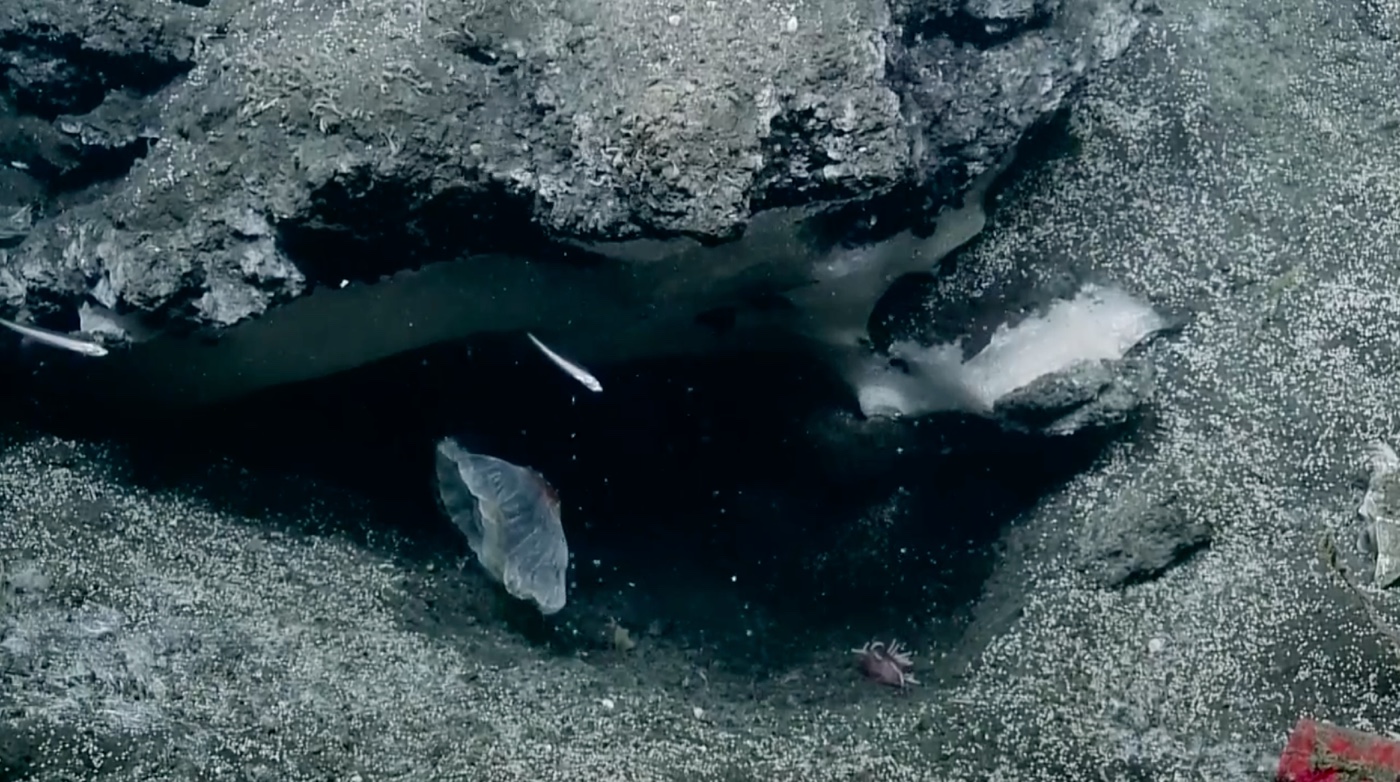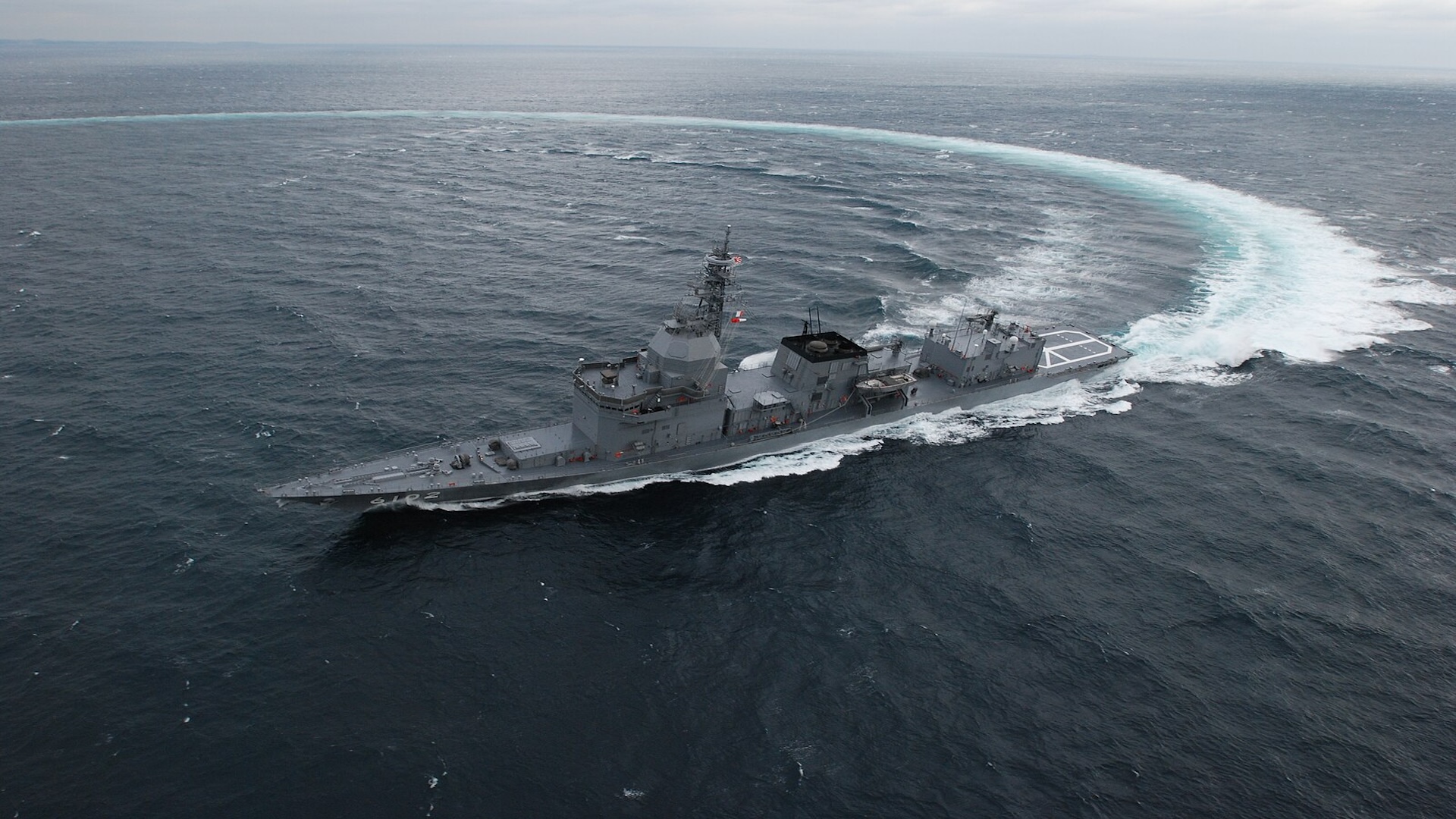500 'Champagne' Methane Seeps Discovered Off Pacific Coast

About 500 new streams of shimmering methane bubbles have been discovered off the Pacific Northwest coast.
The discovery, which took place in June, will be a major topic for discussion at the 2016 National Ocean Exploration Forum, a congressionally mandated meeting about ocean exploration priorities that is taking place in New York and New Jersey on Oct. 20 and 21. The meeting, organized by Rockefeller University and Monmouth University, is half celebration of a year's worth of ocean discoveries and half planning committee for the years 2020 to 2025, said organizer Jesse Ausubel, the director of the Program for the Human Environment at Rockefeller. [See Stunning Images of the Discovered Methane Seeps]
"It's been a good year," Ausubel told Live Science.
Methane seeps
Notable ocean explorations in the past year include a National Oceanic and Atmospheric Administration (NOAA) exploration of the Marianas Trench, which contains Earth's deepest spot; a dive to the USS Independence, a World War II-era aircraft carrier that was scuttled off the coast of San Francisco in 1951; and the discovery of mysterious species like a bizarre purple orb, which was collected near the Channel Islands National Marine Sanctuary off the California coast.
The discovery of copious methane seeps in the Cascadia margin near Oregon and Washington was "at the top" of the list of 2016 discoveries, Ausubel said.
"It's a scale question," he said. "We've known for a few decades that these exist, but it's turning out that they could be really extensive, and if they're very extensive, that starts to change your ideas about ocean life, because there are animals, mussels and sea worms and so forth, that can live off the energy" released by the seeps.
As captured by a remotely operated vehicle that was launched from the research vessel Nautilus and operated by the Ocean Exploration Trust, the seeps vent silvery cascades of bubbles, often making it seem that the camera was bathed in champagne.
Get the world’s most fascinating discoveries delivered straight to your inbox.
The discovery of approximately 500 new seeps doubles the number of known seeps that have been found off the U.S. West Coast.
"It appears that the entire coast off Washington, Oregon and California is a giant methane seep," Bob Ballard, head of the Ocean Exploration Trust, said in a statement.
Many unknowns
Methane is a hydrocarbon, and is a potent greenhouse gas. According to NOAA, it has 23 times the warming potential of an equivalent amount of carbon dioxide. Twenty years ago, methane seeps were basically unknown, Ausubel said. Depending on how much is released from the vents off the West Coast — and how it ends up in the water versus the atmosphere — global climate models may need adjustment.
To date, very little is known about the new seeps, including the methane's origin. Some oceanic methane comes from geological sources. Essentially, buried organic material is put under pressure, heats up and releases the gas through cracks in the ocean floor. A second source — which comes from microorganisms called methanogens — produces it as a byproduct. Methane seeps also host communities of methanophiles, which are organisms that live off the energy-rich gas.
Researchers are also uncertain about how much gas the new Cascadia seeps releases. Some sites are more active during various parts of the tidal cycles, Bob Embley of the Pacific Marine Environmental Lab at NOAA told reporters today (Oct. 19). Figuring out the complexities of the system will require longer-term research.
"It's hard to translate what we saw into volume or flux at this point," Embley said.
Researchers hope that in the next generation of ocean exploration, scientists will be able to make the necessary fine-grained observations by turning to robotics, artificial intelligence and specialized sensors. For example, Ausubel said, a new technique called environmental DNA lets scientists comb water samples for DNA that is shed by passing creatures; they can then identify species in an area without necessarily observing those creatures directly. Small, drone-like devices are also increasingly allowing researchers to send cheaper missions into the deep.
"There's a whole new style of exploration that's on the horizon," Ausubel said.
Original article on Live Science.

Stephanie Pappas is a contributing writer for Live Science, covering topics ranging from geoscience to archaeology to the human brain and behavior. She was previously a senior writer for Live Science but is now a freelancer based in Denver, Colorado, and regularly contributes to Scientific American and The Monitor, the monthly magazine of the American Psychological Association. Stephanie received a bachelor's degree in psychology from the University of South Carolina and a graduate certificate in science communication from the University of California, Santa Cruz.



